Home>diy>Building & Construction>What To Think About When Building A House
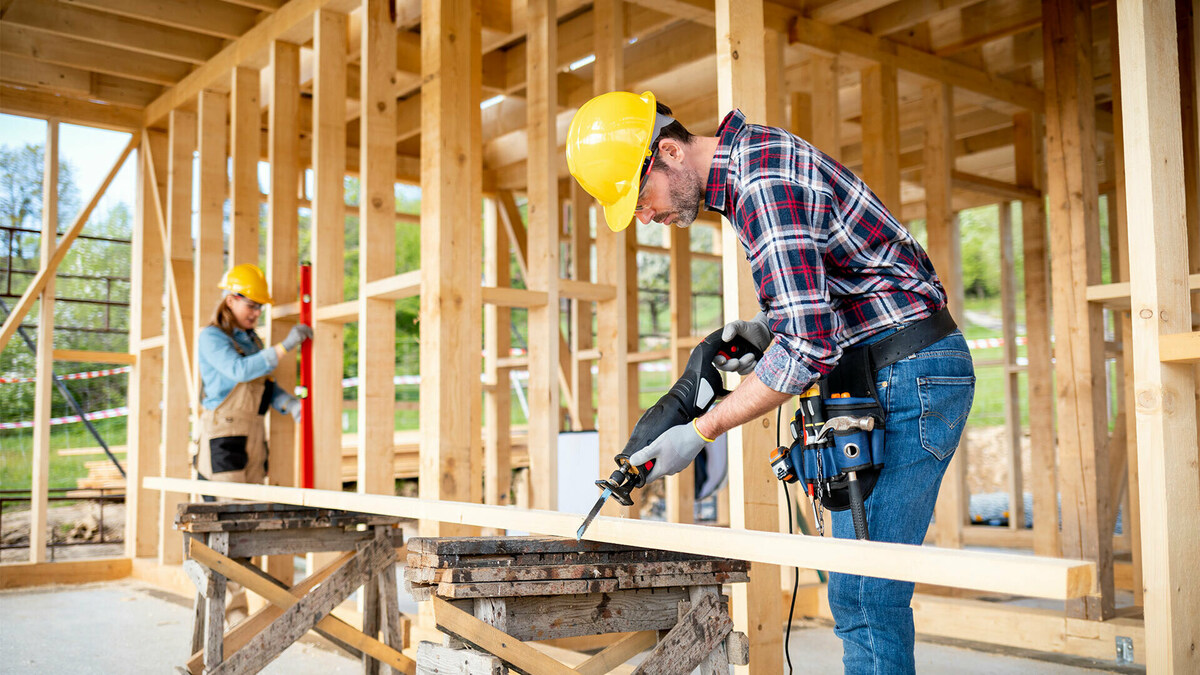

Building & Construction
What To Think About When Building A House
Modified: January 24, 2024
Planning to build a house? Consider essential factors in building construction, from design to materials, with expert advice to ensure a successful project.
(Many of the links in this article redirect to a specific reviewed product. Your purchase of these products through affiliate links helps to generate commission for Storables.com, at no extra cost. Learn more)
Introduction
Welcome to the exciting world of building construction! Building a house is a significant undertaking, and careful planning is essential to ensure a successful and satisfying outcome. Whether you are constructing your dream home or embarking on a new investment project, there are several crucial factors to consider throughout the process.
Building a house allows you to create a space that reflects your unique vision and meets your specific needs. From selecting the perfect location to choosing the right building materials, the decisions you make during the construction process will shape the functionality, aesthetics, and long-term durability of your home.
This article will guide you through the key considerations when building a house, ensuring that you are well-prepared and informed every step of the way. From budgeting and design to permits and project management, we will cover all aspects of the construction process to help you make informed decisions and create your dream home.
So let’s dive in and explore the various factors to think about when building a house.
Key Takeaways:
- Choose the right location, set a realistic budget, and prioritize energy efficiency to build a home that reflects your vision and enhances your lifestyle.
- Collaboration with reputable contractors, effective project management, and regular maintenance are essential for a successful and fulfilling house construction journey.
Read more: What To Know About Building A House
Location
Choosing the right location for your house is of utmost importance. The location will not only determine the accessibility and convenience of your home but also impact its value in the long run. Here are a few factors to consider when selecting a location:
- Neighborhood: Look for a neighborhood that suits your lifestyle and preferences. Consider factors such as proximity to schools, shopping centers, parks, and other amenities.
- Transportation: Evaluate the transportation options available in the area. Consider the availability of public transportation, proximity to major highways, and commuting distances to your workplace.
- Safety: Research the crime rate in the area and determine if it aligns with your comfort level. Look for a neighborhood with a low crime rate and a strong sense of community.
- Future Development: Consider any upcoming infrastructure projects or developments in the area. This can impact your property value and quality of life in the long term.
- Natural Surroundings: Assess the natural surroundings of the location. Do you want to live near water bodies, forests, or mountains? Consider your preferences and the opportunities for outdoor activities.
Additionally, it’s essential to evaluate the overall market trends and property values in the chosen location. Understanding the real estate market will help you make an informed decision and ensure that your investment holds its value over time.
Remember, the location of your house plays a crucial role in your daily life and the long-term satisfaction of your investment. Take the time to research and visit potential locations, considering both your immediate needs and future plans.
Budget
When building a house, setting a realistic budget is crucial to ensure that you can complete the project without financial strain. It is essential to consider both the upfront costs and the ongoing expenses associated with homeownership. Here are some important points to keep in mind when determining your budget:
- Construction Costs: The cost of constructing a house can vary significantly depending on factors such as size, design complexity, location, and building materials. It is advisable to consult with architects, contractors, and real estate professionals to get accurate estimates of construction costs.
- Contingency Funds: It is wise to set aside a contingency fund of about 10-20% of the total budget. This fund can be used to address unexpected expenses that may arise during the construction process, such as material price fluctuations or unforeseen structural issues.
- Land and Acquisition Costs: If you have not yet purchased the land, factor in the cost of acquiring the desired property. This includes any down payments, closing costs, and legal fees associated with the purchase.
- Permits and Approvals: Don’t forget to account for the costs of obtaining necessary permits and approvals from local authorities. These costs can vary depending on your location and the complexity of the project.
- Furnishing and Finishing: Consider the costs of furnishing and finishing your new house. This includes everything from flooring and paint to appliances and furniture.
- Maintenance and Utilities: Factor in the ongoing costs of maintaining your home, such as property taxes, insurance, utilities, and maintenance expenses.
It’s important to be realistic about your budget and ensure that you have the necessary financial resources to complete the project. If needed, consider securing a construction loan or working with a financial advisor to explore your financing options.
Remember, sticking to your budget will help you avoid financial stress and ensure a smoother construction process. Regularly track your expenses and make adjustments as needed to stay within your means.
Design and Layout
The design and layout of your house are key elements that will shape its functionality, aesthetics, and overall comfort. Here are some important considerations when it comes to design and layout:
- Architectural Style: Determine the architectural style that appeals to you. Whether it’s a modern, traditional, or contemporary design, choose a style that aligns with your personal taste and blends well with the surrounding environment.
- Space Allocation: Consider how you will allocate space within your house. Think about the number of bedrooms, bathrooms, living areas, and any specific rooms or features you desire, such as a home office, gym, or entertainment room.
- Flow and Functionality: Focus on creating a functional layout that allows for smooth movement between rooms and facilitates daily activities. Consider factors such as the placement of doors, windows, and hallways to optimize traffic flow.
- Natural Lighting: Maximize natural light by strategically positioning windows and skylights. This not only enhances the overall ambiance but also reduces the need for artificial lighting during the day and saves energy.
- Storage Space: Plan for ample storage space throughout your house. Incorporate closets, cabinets, and built-in storage solutions to effectively utilize every inch of available space and keep your home organized.
- Outdoor Living: If you have the space, consider incorporating outdoor living areas such as a patio, deck, or garden. These spaces provide additional opportunities for relaxation, entertainment, and connection with nature.
Collaborating with an experienced architect or designer can greatly assist in translating your vision into practical and aesthetically pleasing designs. They can help you optimize the use of space, select appropriate materials, and create a harmonious overall design.
Remember, your house’s design and layout will influence your daily life and the way your home functions. Take the time to carefully plan and consider all aspects to create a space that suits your lifestyle and enhances your overall well-being.
Building Materials
Choosing the right building materials is essential for the construction of a durable and energy-efficient house. The materials you select will impact not only the structural integrity of your home but also its overall aesthetic appeal. Here are some key points to consider when it comes to building materials:
- Foundation: The foundation is the base of your house and requires sturdy materials such as concrete or reinforced steel. Consider factors like soil conditions and local building codes when choosing the appropriate foundation materials.
- Structural Framework: The most common materials for the structural framework of a house are wood and steel. Wood offers flexibility in design, while steel is known for its strength and durability.
- Roofing: Select a roofing material that is suitable for your climate and offers longevity. Options include asphalt shingles, clay tiles, metal roofing, and concrete tiles.
- Exterior Walls: Consider factors like insulation, durability, and maintenance when choosing materials for your exterior walls. Common options include brick, stone, stucco, vinyl siding, and fiber cement siding.
- Windows and Doors: Look for energy-efficient windows and doors that provide proper insulation and enhance natural lighting. Choose materials such as fiberglass, vinyl, or wood, considering both durability and aesthetics.
- Flooring: Consider your preferences, budget, and the room’s functionality when selecting flooring materials. Options range from hardwood and laminate to tile, carpet, and sustainable materials like bamboo or cork.
- Kitchen and Bathroom Surfaces: Choose materials for countertops and bathroom surfaces that are durable, easy to clean, and visually appealing. Common choices include granite, quartz, marble, and porcelain.
- Insulation and Energy Efficiency: Ensure proper insulation throughout your house to enhance energy efficiency and reduce utility costs. Materials like fiberglass, cellulose, and spray foam insulation can help maintain a comfortable indoor temperature.
It is advisable to consult with professionals or experts in the construction industry who can provide guidance on the best materials for your specific needs and budget. Consider factors such as durability, maintenance requirements, environmental impact, and local building code regulations.
Remember, choosing high-quality building materials will contribute to the long-term durability, energy efficiency, and aesthetics of your house. Careful selection and proper installation will result in a home that stands the test of time.
Read more: What Do Cats Think About Mirrors
Energy Efficiency
In today’s environmentally conscious world, building an energy-efficient house is not only beneficial for the planet but also for your wallet. Energy-efficient homes consume less energy, reducing utility costs and minimizing their carbon footprint. Here are some important considerations for achieving energy efficiency in your house:
- Insulation: Proper insulation is key to keeping your home comfortable while minimizing the need for heating and cooling. Ensure that your walls, floors, and attic are well-insulated to prevent heat transfer.
- Windows and Doors: Invest in energy-efficient windows and doors that are well-sealed and have double or triple glazing. These features help to prevent drafts and minimize heat loss or gain.
- Heating and Cooling Systems: Choose energy-efficient heating and cooling systems that are appropriately sized for your house. Consider options such as programmable thermostats, high-efficiency furnaces, and air conditioning units with a good SEER rating.
- Lighting: Opt for energy-efficient lighting solutions such as LED or CFL bulbs. These consume less energy and have a longer lifespan compared to traditional incandescent bulbs.
- Appliances: Select energy-efficient appliances for your kitchen and laundry room. Look for the ENERGY STAR label to ensure that your appliances meet the highest efficiency standards.
- Solar Panels: Consider installing solar panels to generate renewable energy and reduce your reliance on traditional power sources. Solar energy can help lower your electricity bills and contribute to a greener lifestyle.
- Passive Design: Incorporate passive design principles into your home’s architecture. This includes orienting your house to maximize natural lighting and ventilation, using shading devices to minimize heat gain, and designing with energy-efficient materials.
Engaging with energy consultants or green building professionals can provide valuable insights and guidance in designing and constructing an energy-efficient home. They can help you assess the energy performance of your house, recommend energy-saving strategies, and assist in obtaining green certifications.
Remember, an energy-efficient home not only reduces your environmental impact but also provides long-term financial benefits by lowering your energy consumption and utility bills. Prioritizing energy efficiency during the construction process will result in a comfortable and sustainable living environment for years to come.
Plumbing and Electrical Systems
When building a house, the plumbing and electrical systems are crucial components that ensure the functionality, safety, and comfort of your home. Here are some considerations to keep in mind when it comes to plumbing and electrical systems:
Plumbing:
- Water Supply: Determine the water source and ensure proper connectivity to the municipal water supply or consider drilling a well. Also, think about water storage options such as a water tank or cistern for backup in case of emergencies or water scarcity.
- Pipes and Fixtures: Choose high-quality plumbing pipes and fixtures that are durable and resistant to corrosion. Consider materials such as copper, PEX, or PVC for water supply lines and make sure to install fixtures that are water-efficient.
- Drainage and Sewage: Plan the drainage system to ensure proper disposal of wastewater. This includes designing a well-functioning sewage system and incorporating features like proper grading, drainage pipes, and septic tanks or connecting to the local sewer system.
- Bathrooms and Kitchens: Pay attention to the design and placement of plumbing fixtures in bathrooms and kitchens. Optimize the layout to maximize functionality and consider water-saving features such as low-flow toilets and faucets.
Electrical:
- Power Supply: Determine the power source for your house, either through the local utility or by setting up a solar power system. Ensure proper distribution of electricity to different areas of the house.
- Wiring and Outlets: Use high-quality wiring materials such as copper for safe and efficient electrical connections. Install a sufficient number of outlets to meet your electrical needs, considering the placement of appliances, electronics, and lighting fixtures.
- Lighting: Plan the lighting system to provide adequate illumination throughout the house. Consider using energy-efficient LED bulbs and incorporate natural lighting options such as skylights or large windows.
- Safety Measures: Install circuit breakers, ground fault circuit interrupters (GFCIs), and smoke detectors to ensure the safety of your house and its occupants. Consider adding additional security features such as motion sensor lights and a home security system.
It is vital to work with licensed and experienced plumbers and electricians who can ensure that the installation is up to code and meets all safety requirements. Regular maintenance of plumbing and electrical systems is also essential to prevent issues and prolong their lifespan.
Remember, well-designed and properly installed plumbing and electrical systems are essential for a functional and safe home. Taking the time to plan and invest in quality materials and professional installations will save you headaches and potential problems down the line.
Interior Finishes
Choosing the right interior finishes plays a significant role in creating the desired ambiance and aesthetics of your house. The finishes you select will reflect your personal style and contribute to the overall comfort and functionality of your home. Here are some important considerations when it comes to interior finishes:
- Walls and Ceilings: Decide on the type of finishes for your walls and ceilings, such as paint, wallpaper, texture, or decorative plaster. Consider the atmosphere you want to create in each room and choose colors and textures accordingly.
- Flooring: Select the flooring material that suits each area of your home, taking into account factors like durability, maintenance, and aesthetics. Options include hardwood, laminate, tile, carpet, vinyl, or natural stone.
- Doors and Windows: Choose the style and finish of your doors and windows to complement the overall design of your home. Consider materials such as wood, fiberglass, or PVC, and select appropriate hardware and finishes.
- Cabinetry and Countertops: Decide on the material and finish of your kitchen and bathroom cabinets and countertops. Options range from natural wood and laminate to granite, quartz, or solid surface materials.
- Lighting Fixtures: Consider the style and functionality of lighting fixtures throughout your home. Choose fixtures that enhance the ambiance and provide sufficient illumination for each space.
- Trim and Molding: Pay attention to the trim and molding details, such as baseboards, crown molding, and door casings. These finishing touches can add character and elegance to your interior spaces.
- Hardware and Accessories: Select door handles, cabinet knobs, faucets, and other hardware that align with your chosen style. Consider the finishes, such as brushed nickel, chrome, or bronze, to create a cohesive look.
- Window Treatments: Choose blinds, curtains, or shades to control privacy, natural light, and temperature. Consider the fabric, color, and style to enhance your interior design and provide functionality.
When selecting interior finishes, it can be helpful to work with interior designers or decorators who can provide guidance on color schemes, materials, and design trends. They can help you achieve a cohesive and aesthetically pleasing look throughout your home.
Remember, interior finishes are an opportunity to infuse your personality and style into your living space. Carefully consider your preferences and the functionality of each area to create a home that reflects your unique taste and enhances your daily life.
Consider the orientation of your house to maximize natural light and energy efficiency. Positioning windows and rooms to take advantage of sunlight can reduce energy costs.
Outdoor Spaces
The outdoor spaces of your home are an extension of your living area and provide opportunities for relaxation, entertainment, and connection with nature. Designing and enhancing outdoor spaces can greatly enhance the overall quality of your living environment. Here are some key considerations when it comes to outdoor spaces:
- Backyard: Create a functional and inviting backyard by incorporating features such as a patio or deck, outdoor seating areas, and landscaping elements like gardens or lawns. Consider the dimensions of your backyard and the activities you envision, whether it’s hosting barbecues, playing sports, or simply enjoying some quiet time.
- Landscaping: Plan your landscaping design by selecting plants, trees, and shrubs that thrive in your climate and can create a visually appealing and low-maintenance outdoor environment. Consider factors such as color, texture, and water requirements.
- Outdoor Kitchen and Dining: If you enjoy outdoor cooking and dining, consider incorporating an outdoor kitchen with a grill, sink, and food preparation area. This allows you to entertain guests and enjoy meals outdoors.
- Water Features: Enhance the tranquil ambiance of your outdoor space with the addition of water features such as a fountain, pond, or swimming pool. These features not only provide visual interest but also create a soothing atmosphere.
- Outdoor Lighting: Install outdoor lighting to illuminate and highlight key areas of your outdoor spaces. Consider path lights, spotlights, and string lights to create an inviting ambiance during the evening hours.
- Outdoor Activities: Plan for outdoor activities such as a play area for children, a space for sports or games, or even a dedicated space for hobbies such as gardening or yoga. Customizing your outdoor space to accommodate your interests will make it enjoyable for everyone.
- Privacy and Security: Consider adding fencing, privacy screens, or landscaping elements to ensure privacy in your outdoor spaces. Additionally, incorporate security measures such as motion sensor lights or a home security system for peace of mind.
When designing your outdoor spaces, consider the overall aesthetics and functionality in conjunction with your indoor living areas. Cohesive design and seamless transitions between indoor and outdoor spaces can create a harmonious flow throughout your home.
Remember, your outdoor spaces offer a place to unwind, entertain, and enjoy the beauty of nature. By carefully planning and designing these areas, you can create an inviting and enjoyable environment for yourself, your family, and your guests.
Safety and Security
Ensuring the safety and security of your home is paramount. When building a house, it is essential to incorporate features and systems that protect your property and provide peace of mind for you and your loved ones. Here are some key considerations when it comes to safety and security:
- Smoke and Carbon Monoxide Detectors: Install smoke detectors on every level of your home and near bedrooms. Additionally, consider installing carbon monoxide detectors to detect this odorless gas that can be emitted by appliances.
- Fire Safety Measures: Incorporate fire safety measures such as fire extinguishers, fireproof doors, and fire-resistant materials in the construction of your home. Have a plan for escape routes and designate a meeting point for everyone in your household.
- Security System: Install a reliable home security system that includes features such as burglar alarms, motion sensors, and security cameras. This system can help deter intruders and provide you with peace of mind.
- Locks and Entry Points: Choose high-quality locks for your doors and windows to ensure proper security. Consider options such as deadbolts and smart locks, which provide convenience and additional layers of protection.
- Outdoor Lighting: Adequate outdoor lighting can deter potential intruders and enhance the safety of your property at night. Install motion sensor lights and consider lighting pathways and entrances.
- Window and Door Security: Reinforce windows and doors with security film or laminated glass to make them more resistant to break-ins. Additionally, consider installing security bars or grills on windows in vulnerable areas.
- Safe Room or Shelter: Depending on your location and potential risks, consider incorporating a safe room or shelter into your home’s design. This space can provide protection during severe weather or other emergencies.
- Surveillance and Monitoring: Consider implementing a surveillance system that allows you to monitor your property remotely. This can provide an added layer of security and allow you to keep an eye on your home when you’re away.
Consulting with security professionals or experts in the field can help you assess the specific security needs of your home and determine the most appropriate measures to implement.
Remember, prioritizing safety and security measures will help protect your property and the well-being of your family. By investing in these features during the construction phase, you can create a secure environment that brings you peace of mind for years to come.
Permits and Approvals
Obtaining the necessary permits and approvals is a crucial step when building a house. It ensures that your construction project complies with local building codes, regulations, and zoning requirements. Here are some key considerations when it comes to permits and approvals:
- Building Permits: Check with your local building department to determine the specific permits required for your construction project. This typically includes permits for excavation, foundation, framing, electrical, plumbing, and final inspections.
- Zoning and Land Use Approvals: Ensure that your construction plans align with local zoning regulations. Determine if there are any restrictions on lot size, building height, setbacks, or other factors that may impact your design.
- Environmental and Conservation Approvals: Consider any environmental regulations or approvals that may be necessary, such as clearing vegetation, construction near wetlands, or complying with energy efficiency standards.
- Historic Preservation Approvals: If you are building in a historic district or have a historically significant property, you may need to obtain approvals or permits from historic preservation boards or commissions.
- Architectural Review Board: In some areas, architectural review boards or homeowner’s associations may have review processes or guidelines for the aesthetic aspects of your project. Ensure compliance with these requirements.
- Utility Connections: Coordinate with the appropriate utility companies to obtain approvals for connections to water, sewage, electricity, gas, and internet services.
- Insurance Coverage: Review your insurance policies to ensure that you have adequate coverage during the construction process. This includes builder’s risk insurance, liability insurance, and workers’ compensation insurance.
It is essential to engage with experienced professionals such as architects, contractors, or permit expediters who can guide you through the permit acquisition process. They will help ensure that the necessary paperwork is completed accurately and submitted on time.
Remember, obtaining the required permits and approvals is crucial to ensure that your construction project meets all legal and safety requirements. Failing to obtain proper permits can lead to costly penalties, delayed construction, or even forced demolition of the structure.
Hiring Contractors and Subcontractors
When building a house, hiring the right contractors and subcontractors is vital to the success of your project. These professionals will be responsible for executing the construction work, ensuring the quality and timeliness of the build. Here are some key considerations when it comes to hiring contractors and subcontractors:
- Research and Referrals: Begin by conducting thorough research and seeking referrals from trusted sources. Look for contractors and subcontractors who have a proven track record of delivering high-quality work and have experience in the specific type of construction you require.
- Licensing and Insurance: Verify that each contractor and subcontractor holds the necessary licenses and insurance coverage. This includes general liability insurance and workers’ compensation insurance. Request proof of these documents before entering into any agreements.
- Portfolio and References: Review the portfolio of each contractor and subcontractor to assess the quality of their previous work. Ask for references and reach out to past clients to gain insights into their experiences and level of satisfaction with the contractor’s performance.
- Contract and Scope of Work: Clearly define the scope of work in written contracts with each contractor and subcontractor. Include details such as project timelines, payment schedules, materials to be used, and any specific requirements or expectations you have for the project.
- Communication and Collaboration: Establish open lines of communication with your contractors and subcontractors. Regularly communicate to discuss progress, address any concerns or changes, and ensure that everyone is on the same page throughout the construction process.
- Budget and Payment: Discuss the budget and payment terms with each contractor and subcontractor upfront. Understand their payment schedule, any upfront deposits required, and how any change orders or additional costs will be handled.
- Timelines and Deadlines: Set realistic timelines and deadlines with your contractors and subcontractors. Ensure that they have the capacity and resources to meet these timeframes. Regularly monitor progress to stay on track and address any delays promptly.
- Site Visits and Inspections: Schedule regular site visits to monitor the construction progress and quality of work. Conduct inspections at key milestones to ensure that the construction meets your expectations and adheres to the agreed-upon standards.
It is essential to establish a good working relationship with your contractors and subcontractors based on mutual trust and respect. Clear communication, attention to detail, and regular oversight will help ensure a smooth and successful construction process.
Remember, selecting reputable contractors and subcontractors who possess the required expertise and resources is crucial for the quality and timely completion of your project. Take the necessary time to research, interview, and thoroughly vet these professionals to make informed hiring decisions.
Project Management
Effective project management is key to ensuring the successful completion of your house construction. It involves overseeing all aspects of the project, coordinating tasks, managing timelines, and ensuring that everything stays on track. Here are some important considerations for project management:
- Project Planning: Develop a comprehensive project plan that outlines the scope, objectives, and deliverables of your construction project. This plan should include a detailed timeline, budget, and list of tasks to be completed.
- Resource Allocation: Identify the necessary resources needed for your project, such as labor, materials, equipment, and subcontractors. Allocate resources effectively to ensure optimal productivity and efficiency throughout the construction process.
- Communication: Establish clear lines of communication with all stakeholders involved in the project, including contractors, subcontractors, suppliers, and your project team. Regularly communicate project updates, changes, and expectations to keep everyone informed and aligned.
- Risk Management: Identify and assess potential risks that may impact your project, such as weather conditions, material delays, or budget constraints. Develop contingency plans and measures to mitigate these risks and ensure minimal disruption to your construction timeline.
- Quality Assurance: Implement rigorous quality control measures to ensure that all work meets the required standards and specifications. Regularly inspect completed tasks and address any deficiencies promptly to maintain the overall quality of the construction.
- Document Management: Maintain accurate and organized project documentation, including contracts, permits, invoices, and change orders. Keep a record of all communication, approvals, and project-related documentation for future reference.
- Progress Monitoring: Regularly monitor the progress of your construction project against the established timeline and budget. Use project management tools or software to track milestones, task completion, and overall progress to identify any potential issues early on.
- Collaboration and Problem-Solving: Foster a collaborative environment where all stakeholders can openly discuss challenges, propose solutions, and make informed decisions. Encourage teamwork and problem-solving to address any issues that may arise during the construction process.
- Client Involvement: Stay involved and engaged throughout the construction process. Regularly visit the construction site, ask questions, and provide feedback to ensure that your vision and expectations are being met.
Consider hiring a professional project manager or engaging with a construction management team to help you oversee and coordinate the various aspects of the project. Their expertise and experience can be invaluable in ensuring a smooth and successful construction process.
Remember, effective project management is essential for the timely and successful completion of your house construction. By implementing sound project management practices, you can minimize risks and challenges, and ensure a satisfying outcome for your dream home.
Timeline and Schedule
Creating a realistic timeline and schedule is essential for keeping your house construction project on track and ensuring timely completion. A well-planned timeline helps you manage tasks efficiently, coordinate resources effectively, and avoid unnecessary delays. Here are some important considerations for establishing a timeline and schedule:
- Project Phases: Break down your construction project into phases, considering key milestones and deliverables. This may include tasks such as site preparation, foundation, framing, electrical and plumbing installations, interior finishes, and final inspections.
- Task Dependencies: Identify tasks that are dependent on one another and sequence them accordingly. For example, framing must be completed before electrical and plumbing installations can take place.
- Resource Availability: Consider the availability of labor, materials, and equipment when scheduling tasks. Ensure that resources are allocated appropriately to avoid disruption and delays.
- Contingency Planning: Allow for buffer time in your schedule to account for unexpected delays, such as inclement weather, material shortages, or unforeseen technical issues. This will help mitigate the impact of any potential setbacks.
- Permit and Approval Process: Factor in the time required to obtain necessary permits and approvals from local authorities. Research the typical turnaround time for each permit and incorporate it into your schedule.
- Coordination with Contractors: Communicate your timeline and schedule to contractors and subcontractors, ensuring that they are aware of their deadlines and responsibilities. Regularly check in with them to monitor progress and address any issues that may arise.
- Regular Progress Updates: Conduct regular progress meetings or updates to assess the completion status of tasks and determine if any adjustments to the timeline are necessary. This allows you to stay informed and make timely decisions.
- Flexibility: While it is important to stick to your schedule, understand that occasional adjustments may be required. Be flexible and adapt to unforeseen circumstances while maintaining the overall timeline and project objectives.
Utilize project management tools or software to help track and visualize your schedule. This can provide a visual representation of the project progress and help you identify any potential delays or bottlenecks.
Remember, a well-planned and realistic timeline is crucial for managing your construction project effectively. By setting clear objectives, coordinating tasks, and maintaining open communication, you can ensure a smooth and timely construction process.
Maintenance and Upkeep
Maintenance and upkeep are essential for preserving the longevity, functionality, and value of your newly constructed house. Regular maintenance and proactive care can help prevent costly repairs and ensure that your home remains in excellent condition for years to come. Here are some important considerations for maintenance and upkeep:
- Create a Maintenance Schedule: Develop a maintenance schedule that outlines routine tasks to be performed throughout the year. This may include tasks such as cleaning gutters, inspecting the roof, servicing HVAC systems, and checking plumbing and electrical systems.
- Inspect and Maintain the Exterior: Regularly inspect the exterior of your home for any signs of damage or wear. This may include checking for cracks in the foundation, peeling paint, or loose siding. Address issues promptly to prevent further damage.
- Keep the Interior Clean: Regularly clean all areas of your home, including floors, carpets, countertops, and fixtures. Vacuum and dust regularly, and address any spills or stains as soon as possible to prevent damage.
- Service Heating and Cooling Systems: Schedule annual maintenance for your heating, ventilation, and air conditioning (HVAC) systems. This includes cleaning or replacing filters, inspecting ductwork, and ensuring optimal performance and energy efficiency.
- Inspect and Maintain Plumbing: Regularly check for leaks in faucets, pipes, and toilets. Insulate pipes in colder climates to prevent freezing. Keep drains clear and address any plumbing issues immediately to avoid water damage.
- Test Smoke and Carbon Monoxide Detectors: Test smoke detectors and carbon monoxide detectors regularly to ensure they are functioning properly. Replace batteries as needed and replace the detectors themselves according to the manufacturer’s recommendations.
- Clean and Maintain Appliances: Regularly clean and maintain your appliances, including the refrigerator, dishwasher, oven, and washing machine. Follow manufacturer instructions for cleaning and servicing to keep them in optimal condition.
- Landscaping and Outdoor Areas: Maintain your landscaping by regularly mowing the lawn, trimming bushes, and removing weeds. Clean outdoor furniture, decks, and patios, and check for any signs of damage or needed repairs.
- Monitor and Maintain Safety Features: Test and replace batteries in smoke alarms, carbon monoxide detectors, and fire extinguishers. Ensure that fire escape routes are clear and emergency numbers are readily available.
- Stay Proactive: Pay attention to any signs of wear or potential issues and address them promptly. Regularly inspect your home, both inside and out, to identify any maintenance needs before they escalate into major problems.
Maintaining a well-kept and cared-for home will not only preserve its condition but also enhance its value over time. Regular maintenance, along with timely repairs and updates when needed, will help you enjoy your home to the fullest and protect your investment.
Remember, a little ongoing maintenance can go a long way in preventing more significant issues down the line. By prioritizing regular upkeep, you can ensure that your house remains a safe, comfortable, and cherished home for years to come.
Conclusion
Building a house is a significant undertaking, requiring careful planning, coordination, and decision-making. Throughout the construction process, there are numerous factors to consider to ensure the successful completion of your dream home. From location selection to interior finishes and maintenance, each aspect plays a vital role in creating a functional, comfortable, and beautiful space for you and your family.
When choosing a location, think about the neighborhood, transportation accessibility, and safety. Consider your budget and ensure that you have allocated funds for construction costs, permits, and ongoing maintenance. Pay attention to the design and layout of your home, considering functionality, natural lighting, and storage space. Carefully select building materials to provide durability, energy efficiency, and visual appeal. Prioritize the safety and security of your home by incorporating fire safety measures, security systems, and efficient locks.
Collaborating with reputable contractors and subcontractors, who have the necessary expertise and experience, ensures that your construction project is executed professionally and efficiently. Engage in effective project management to maintain a realistic timeline, allocate resources properly, and address any challenges that may arise. Regular maintenance and upkeep of your home are essential for preserving its condition and value in the long term. By staying proactive and attending to routine maintenance tasks, you can prevent costly repairs and keep your home in optimal condition.
Remember that building a house is not just about creating a physical structure; it’s about creating a home where you can create memories and enjoy life. Take the time to make thoughtful decisions, consult professionals when needed, and ensure that every aspect of your house reflects your vision and lifestyle.
With proper planning, attention to detail, and a touch of creativity, you can successfully build the house of your dreams. Cherish the journey, embrace the challenges, and enjoy the fulfillment of seeing your vision come to life in your new home.
Frequently Asked Questions about What To Think About When Building A House
Was this page helpful?
At Storables.com, we guarantee accurate and reliable information. Our content, validated by Expert Board Contributors, is crafted following stringent Editorial Policies. We're committed to providing you with well-researched, expert-backed insights for all your informational needs.

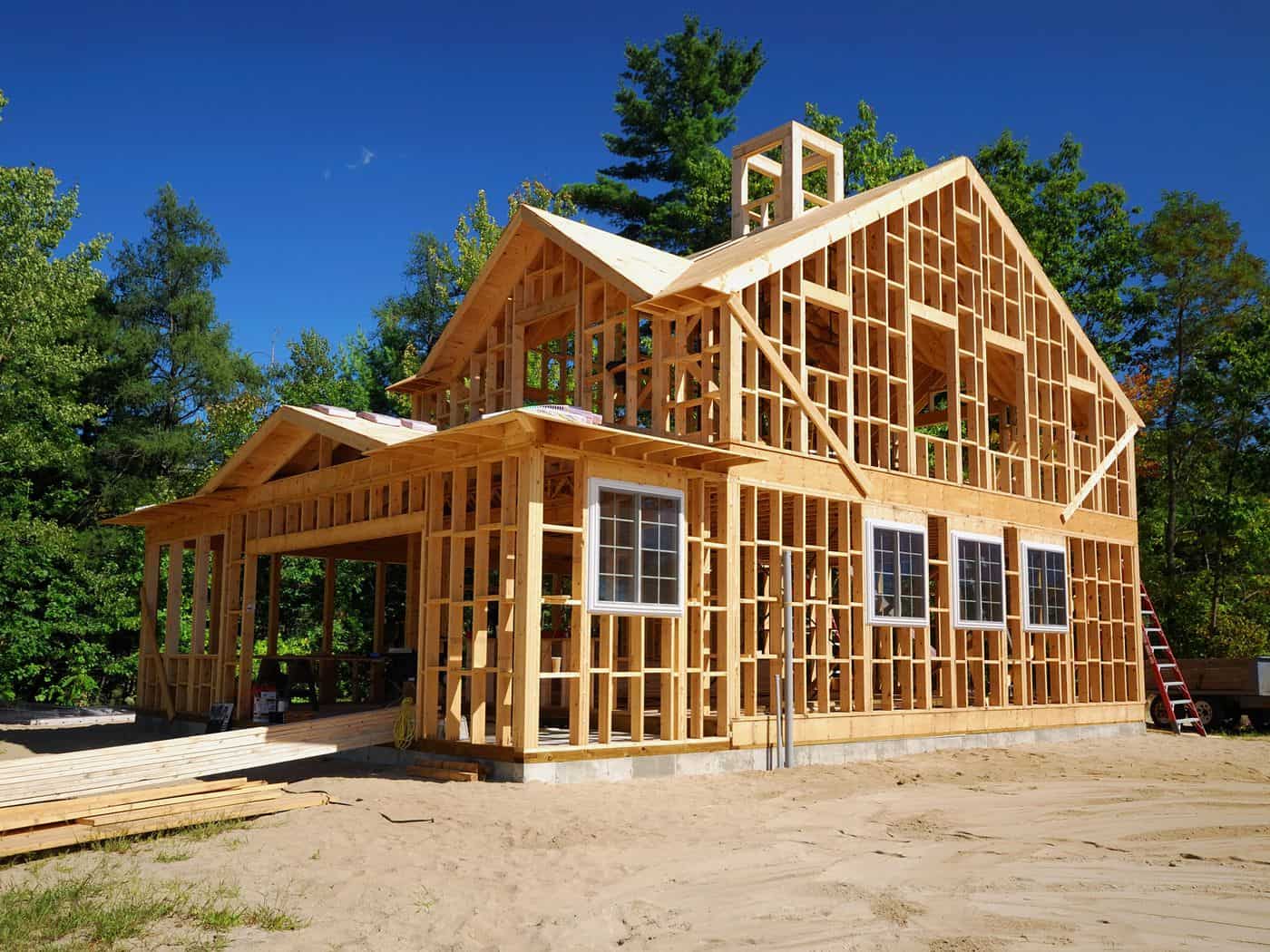



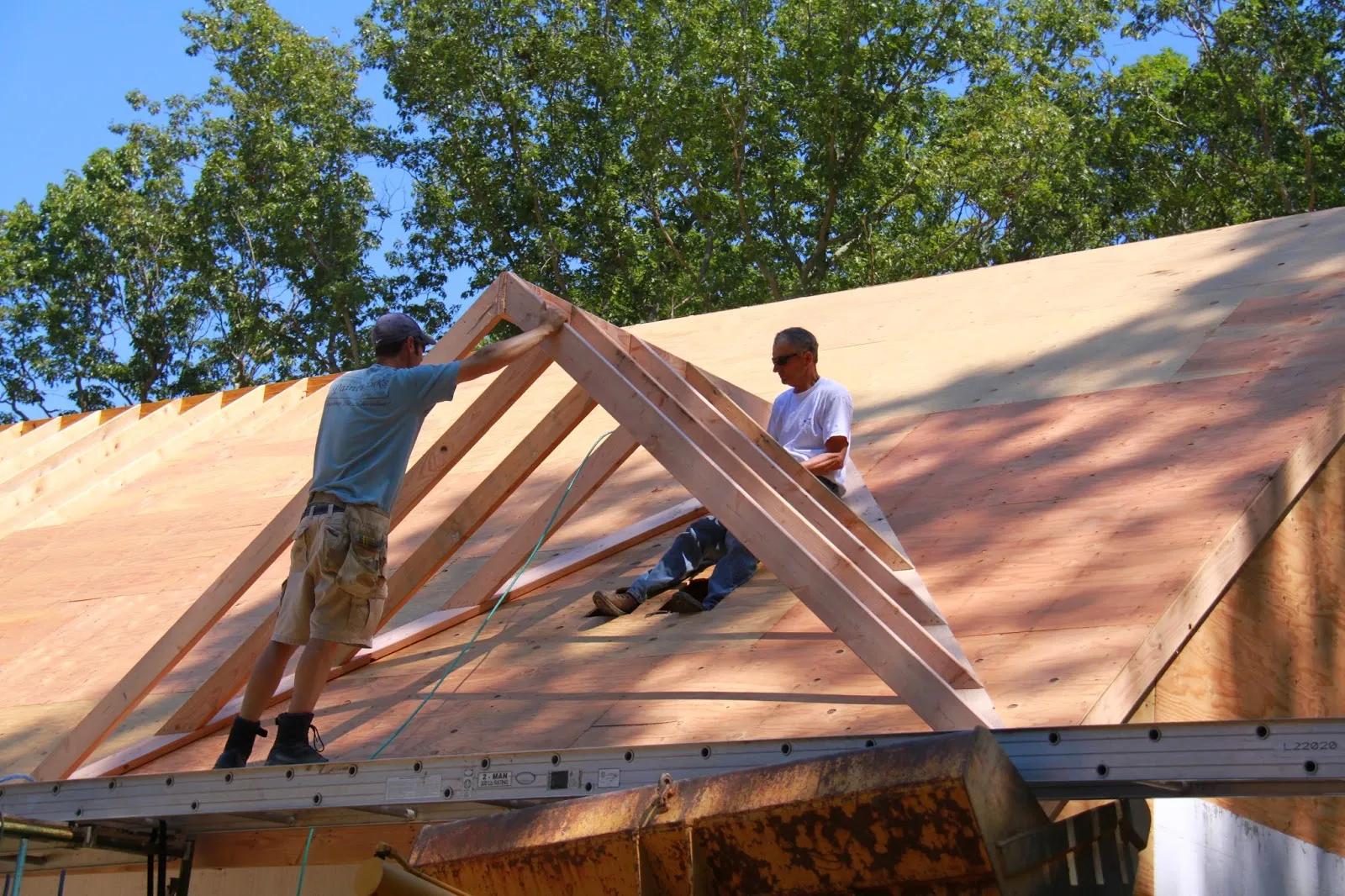
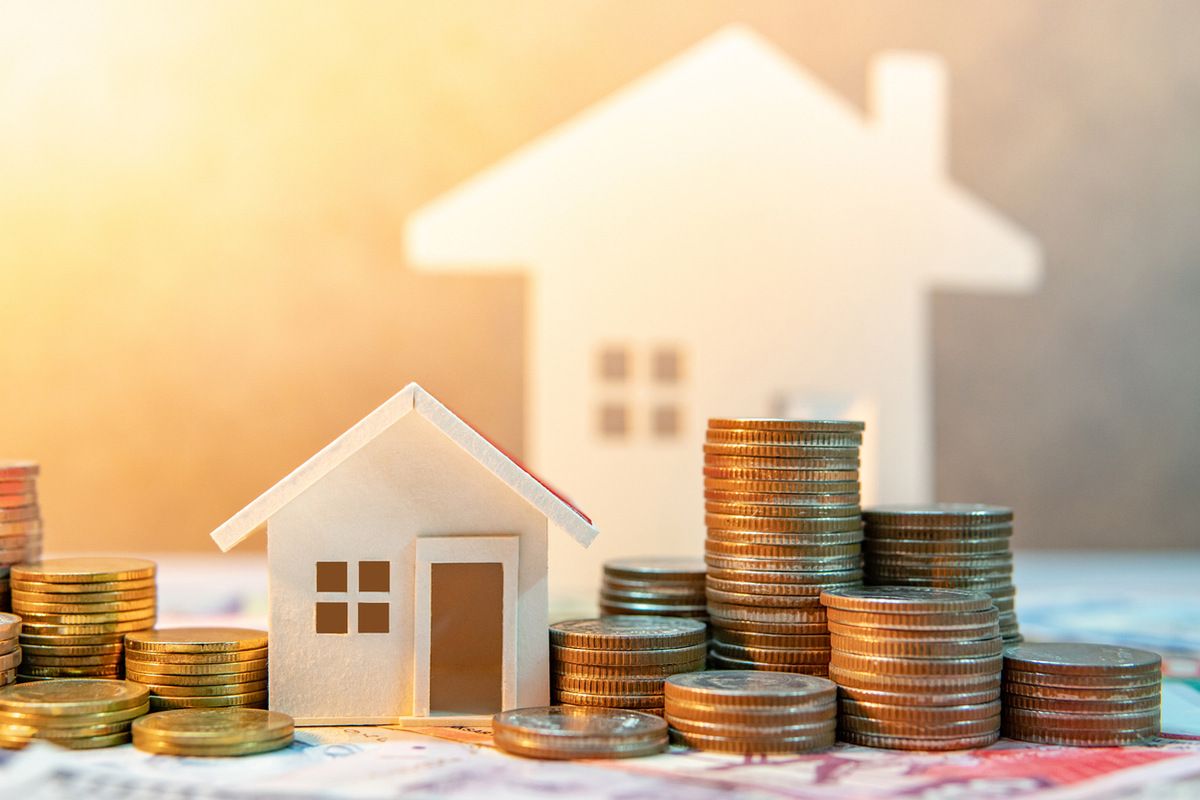

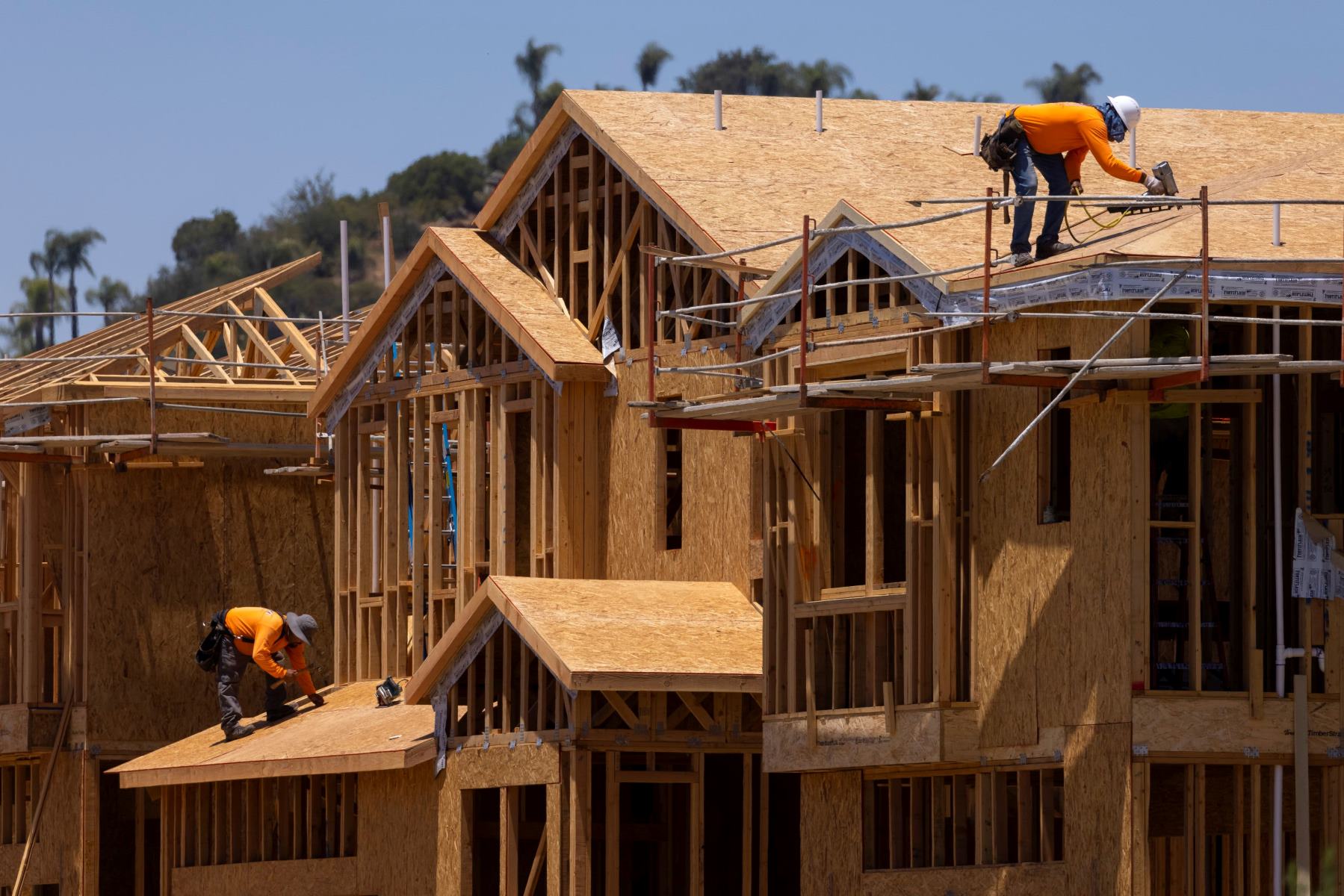
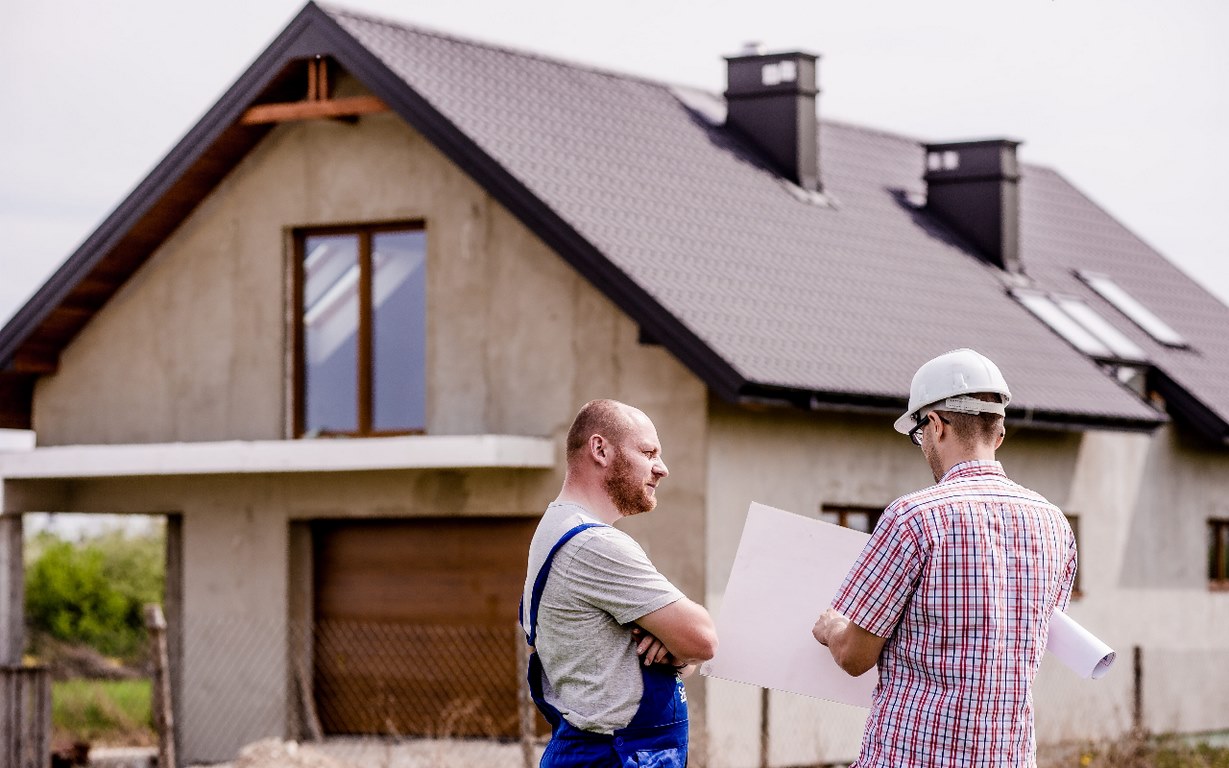
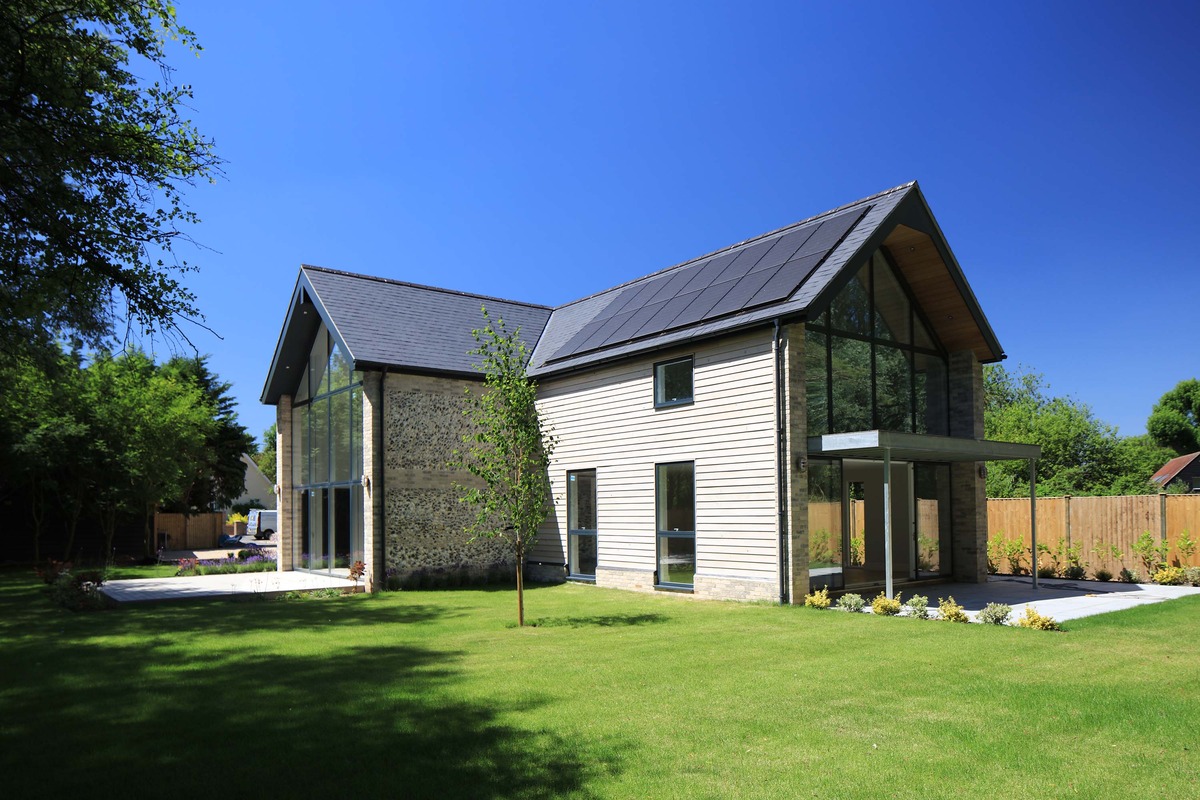
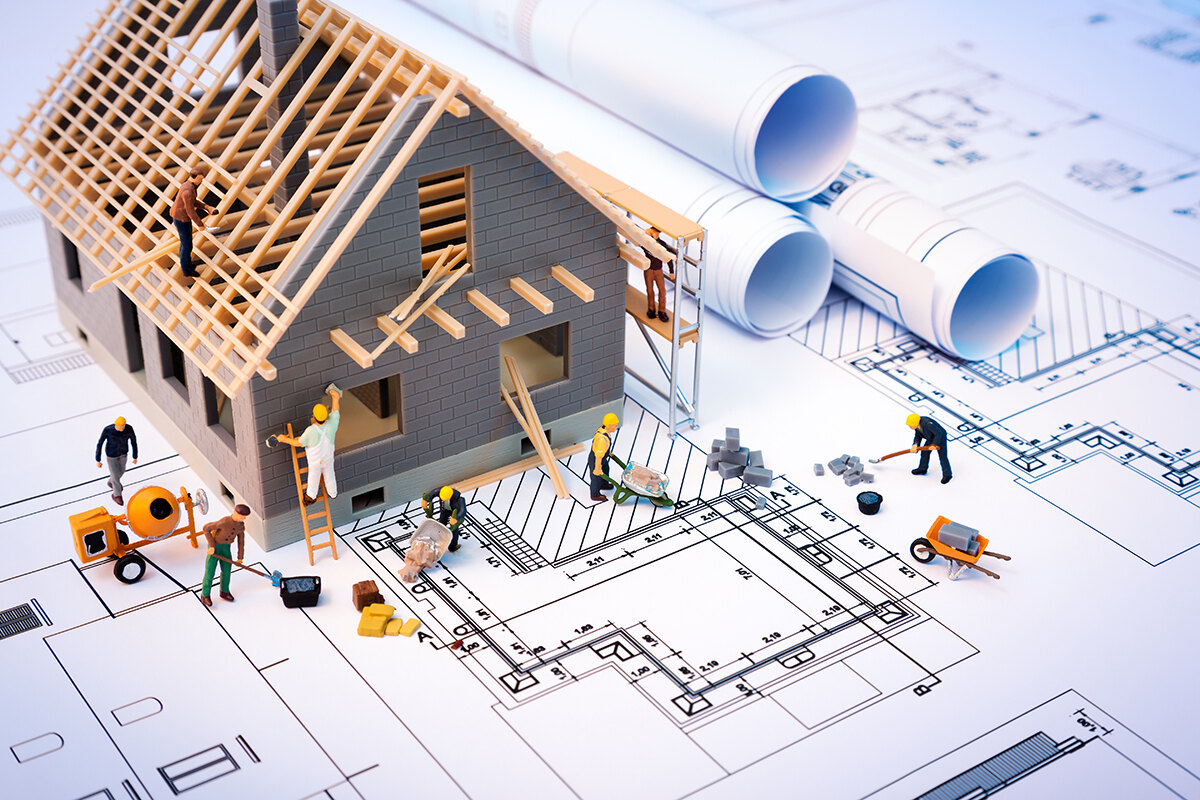

0 thoughts on “What To Think About When Building A House”